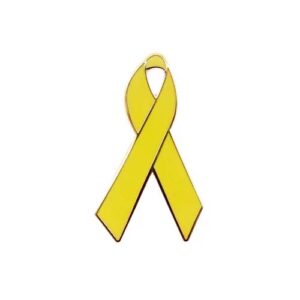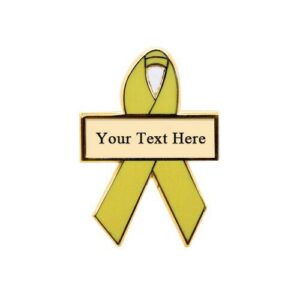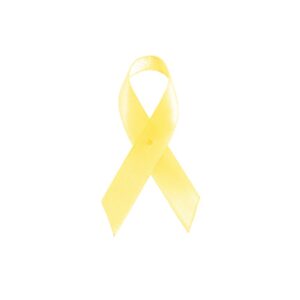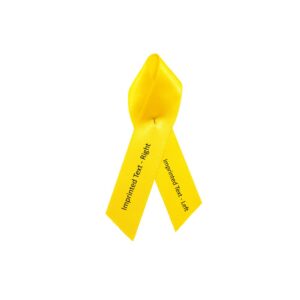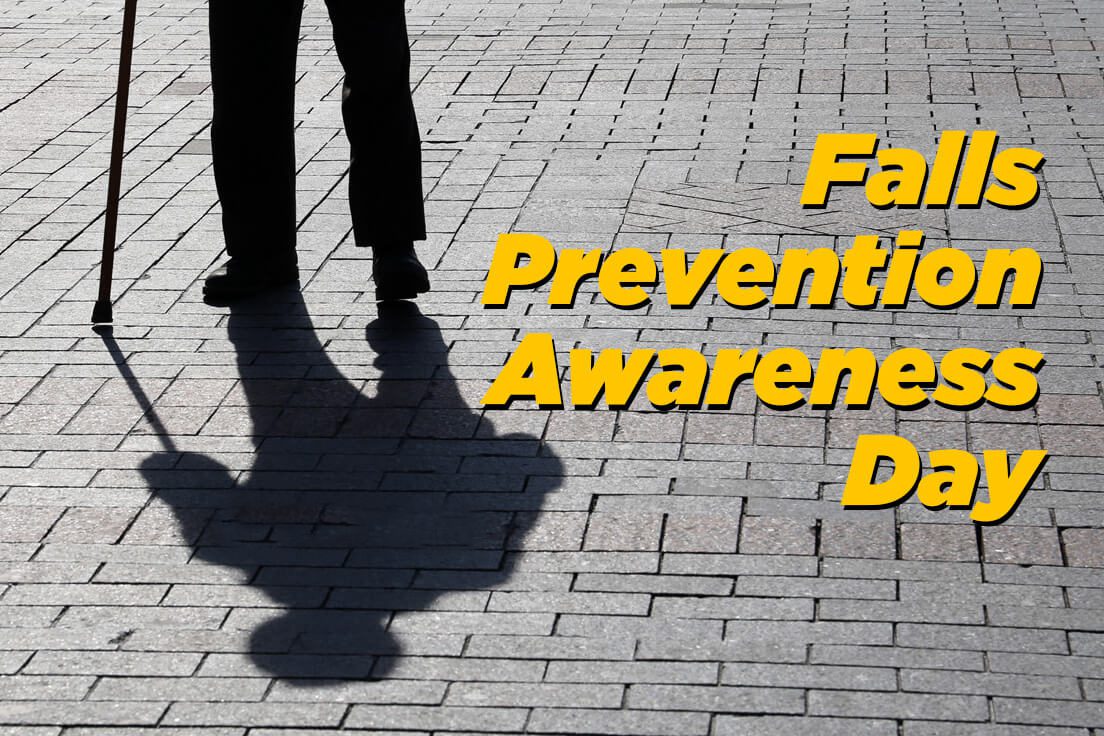
Falls Prevention Awareness Day
Falls Prevention Awareness Week is a national health campaign. It is observed on the first day of fall to increase awareness around falls, health, and injury prevention. Falling among older adults aged 65 and over is common, costly and preventable. Each year, there are about 37 million older adult falls and 3 million emergency department visits due to falls.
However, falling is NOT a natural part of aging. Talking with your healthcare provider about ways to prevent a fall, especially if you have fallen in the past 12 months, is the most important step you can take to avoid injury. These six tips for talking with your doctor provided by the National Council on Aging (NCOA) can help you get the conversation started. Wear a yellow pin, ribbon or wristband for Falls Prevention Awareness Day.
Falls among older adults continue to be a national public health concern
Falls among older people are more than just isolated accidents. According to the World Health Organization (WHO), an estimated 646,000 individuals worldwide die each year due to falls, making falls the second leading cause of unintentional injury deaths globally.
Strategies to Reduce Falling
- Exercise Programs: Many people believe that reducing their level of activity will lessen their chances of falling. In most cases, this is incorrect. Physical activity plays a key role in maintaining muscle strength, balance, and flexibility. Be sure to check with your personal physician before starting a new exercise program.
- Check Your Wardrobe: Are your pants too long? Do your shoes fit properly? Are your shoes non-skid? Tripping over a too-long pant-leg or turning an ankle in a loose shoe can change a life in an instant.
- Medication Management: Many medications can cause dizziness, drowsiness, or imbalance, increasing the likelihood of falls. Regular medication reviews with healthcare providers are important, not only to decrease the chance of falling, but to ensure that the best combination of medications has been prescribed for the individual’s situation.
- Regular Vision and Hearing Checks: Impaired vision and hearing can lessen an individual’s ability to be aware of obstacles or hazards in their environment.
- Home Modifications: Adapting living spaces to accommodate the changing needs of older adults is crucial. This can involve installing handrails, removing tripping hazards, improving lighting, and ensuring that floors are slip-resistant.
- Assistive Devices: Canes, walkers, or grab bars can provide additional support, increasing an individual’s stability and confidence while moving around.
- Nutrition and Hydration: Adequate nutrition and hydration contribute to overall health and strength, reducing the risk of falls indirectly by maintaining muscle function and alertness.
- Education and Awareness: Raising awareness among older adults, caregivers, and communities about fall risks and prevention strategies is essential. Empowering individuals with knowledge equips them to take proactive steps in their daily lives.
Age-Friendly Environments and Fall Prevention Awareness Day
Creating age-friendly communities involves designing public spaces and infrastructure that cater to the needs of older adults. Sidewalks, parks, public transportation, and buildings should be designed with accessibility, safety, and ease of use in mind. An environment that facilitates mobility and social engagement can significantly contribute to reducing falls and promoting the well-being of older individuals.
Fall prevention requires a comprehensive and collaborative approach including medical, environmental, and lifestyle factors. By promoting regular exercise, proper medication management, home modifications, and community engagement, we can significantly reduce the risk of falls among older adults and ensure they maintain their independence and quality of life.
